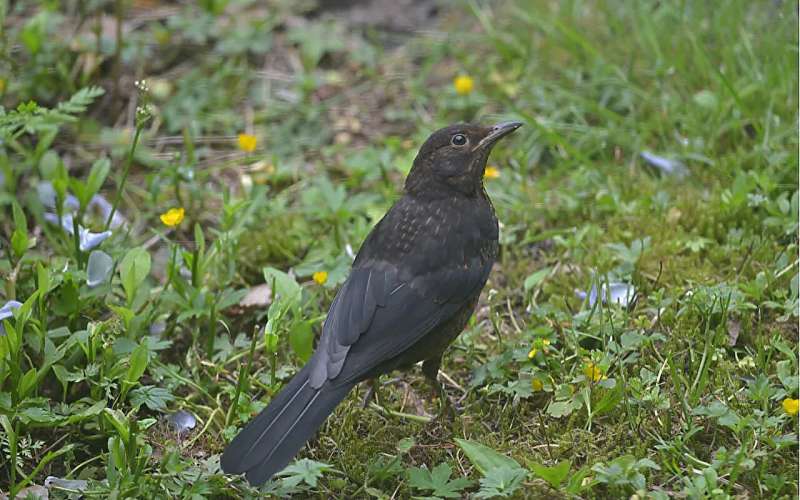This article has been reviewed according to Science X's editorial process and policies. Editors have highlighted the following attributes while ensuring the content's credibility:
fact-checked
peer-reviewed publication
trusted source
proofread
Europe-wide study reveals climate change can alter the risk of birds and bats succumbing to infectious diseases

A new Europe-wide study compiled information on the occurrence of over 75 pathogenic microbes across Europe from almost 400 bird- and 40 bat species. Combining data on occurrence with climatic factors revealed that the occurrence of most pathogens was associated with temperature or rainfall. The study was published in Ecography.
"In general, the occurrence of pathogenic bacteria increased in areas with a warm and dry climate. On the other hand, pathogenic viruses prefer moist climate," says lead author Yanjie Xu from the Finnish Museum of Natural History, University of Helsinki.
The association between climatic factors and pathogens could be investigated on the 17 pathogen taxa with most data. The observed associations varied.
"Temperature was positively associated with occurrence of avian flu virus, malaria -parasite, and bacteria that cause chlamydia, salmonella, Q-fever and typhus in birds and bats," explains university lecturer Arto Pulliainen from the University of Turku Institute of Biomedicine.
Rainfall had both positive and negative associations with the occurrence of pathogens. For instance, increasing rainfall increased the probability for the occurrence of Usutu-, Sindbis- and avia flu viruses, as well as that of the occurrence of salmonella bacteria.
"Usutu- and Sindbis- viruses are vectored by mosquitoes, and rainfall can increase the occurrence of wetlands favored by mosquitoes. Similarly, avian flu and salmonella are prevalent particularly in waterfowl, for whom wetlands are also of importance," says academy research fellow Thomas Lilley from the Finnish Museum of Natural History.
The study, compiling results of over 700 research papers and almost half a million observations, bolsters the notion that climate change can alter the risk of succumbing to infectious diseases. Climate change modifies the distribution ranges of both the pathogens and their hosts, the wild animals. The distribution ranges of birds have already been observed to shift northwards by over a kilometer per year. Climate change also influences the occurrence of pathogens in the environments, for instance in water bodies.
"There is a possibility that for instance thermophilic pathogens become more common in northern Europe as a cause of climate change," says senior curator Aleksi Lehikoinen from the Finnish Museum of Natural History.
More information: Yanjie Xu et al, Continental‐scale climatic gradients of pathogenic microbial taxa in birds and bats, Ecography (2023). DOI: 10.1111/ecog.06783
Journal information: Ecography
Provided by University of Helsinki


















